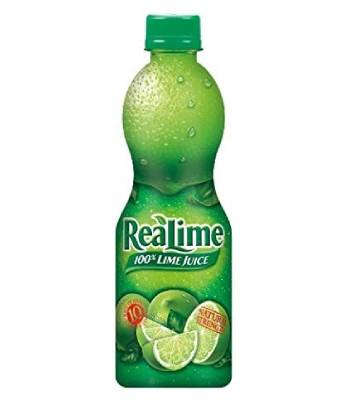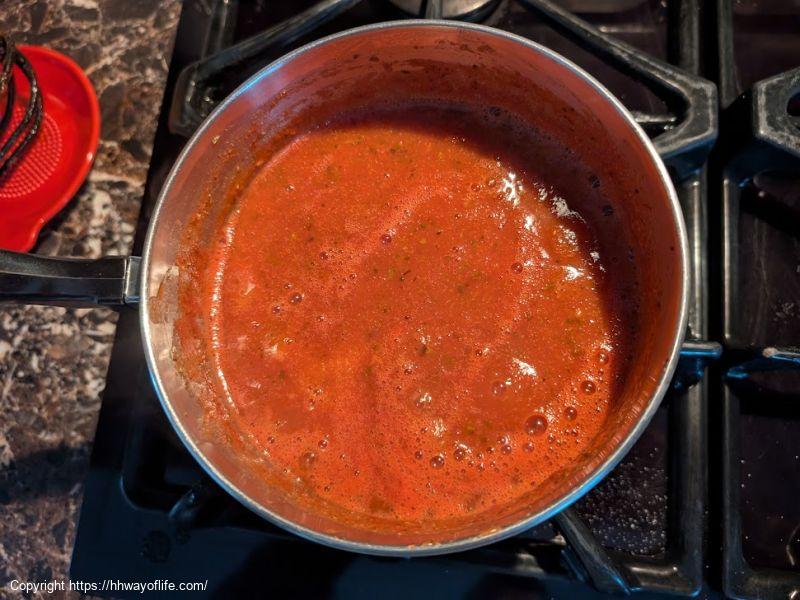Food Nutrition Facts
Nutrition Facts For
Lime Juice
Portion Size: 1 Teaspoon
| Nutrient | Value | % Daily Value* |
|---|---|---|
| 0.0 kcal | 0% | |
| 0.0 g | 0% | |
| 0.0 g | 0% | |
| 0.0 mg | 0% | |
| 0 mg | 0% | |
| 0.0 mg | 0% | |
| 0.0 g | ||
| 0.0 g | ||
| 0.0 g | ||
| 0.0 g | ||
| 0.0 g | ||
| Juice |
*Daily value based on a 2,000 calorie diet. Your daily values may be higher or lower depending on your calorie needs and health goals.
Calculate your daily calorie needs here
Nutrition Facts For 1 Teaspoon of Lime Juice

Lime juice, the vibrant and tart liquid extracted from limes, is a staple ingredient in cuisines worldwide. Its bright, citrusy flavor adds a refreshing zest to both sweet and savory dishes, from tangy marinades and dressings to refreshing cocktails and desserts. Lime juice is prized for its high acidity, which not only contributes to its distinctive taste but also acts as a natural preservative and tenderizer in cooking. Its aromatic qualities further enhance its appeal, lending a fragrant note that complements a wide range of flavors.
Beyond its culinary uses, lime juice is also valued for its potential health benefits. Rich in Vitamin C, an essential nutrient and antioxidant, lime juice is often associated with immune support and overall well-being. It's also a source of other vitamins and minerals, though in smaller amounts. Whether squeezed fresh or used from a bottle, lime juice provides a burst of flavor and a touch of healthy goodness, making it a versatile and indispensable ingredient in kitchens and bars across the globe.







